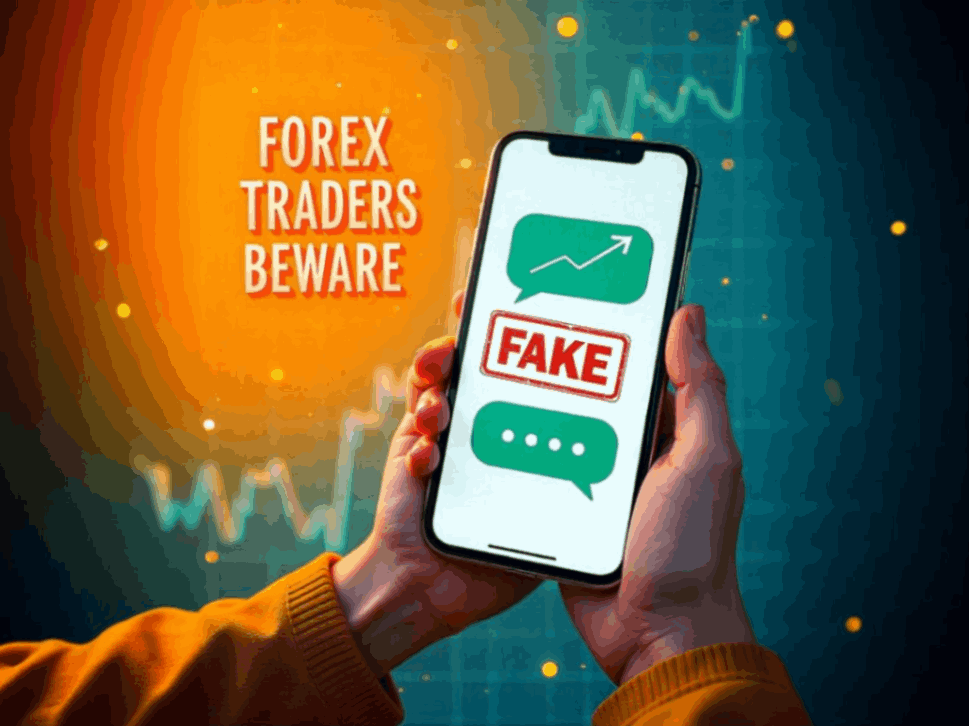Introduction: The Ugly Truth Behind Those “Free Forex Signals”
Let’s be honest – if you’ve dipped even a toe into the world of forex trading, chances are you’ve come across those oh-so-tempting social media groups that promise to hand you golden signals on a silver platter. Telegram channels, WhatsApp groups, Instagram pages – all boasting 90% accuracy and “real traders” dropping winning trades daily. Sounds dreamy, right?
Well, buckle up. Because behind the polished graphics and fake testimonials, there’s a dark, manipulative game being played. And if you’re not careful, you’re the next pawn.
This article exposes the ugly underbelly of social media signal groups. We’re not sugarcoating anything. It’s raw, real, and brutally honest – because someone needs to say it.

What Are Forex Signal Groups?
Forex signal groups are online communities (usually hosted on platforms like Telegram, WhatsApp, or Instagram) where “experts” claim to share buy/sell trade signals. They promise:
-
Instant alerts
-
High win-rates
-
Zero effort trading
-
Consistent profits
Most people join them hoping to bypass the learning curve. After all, why spend months studying charts when someone else already knows the moves?
But here’s the kicker: most of these groups are complete frauds.
Why Are Social Media Platforms Breeding Grounds for Forex Scams?
Because they’re perfect for it.
Think about it – zero verification, anonymity, instant access to thousands of users. Combine that with flashy marketing, fake testimonials, and a promise to “get rich quick,” and you’ve got the perfect scam ecosystem.
Ever noticed how these “gurus” disable comments or delete negative feedback? Red flag.
The Psychology They Use to Trap You
Let’s break down the tactics they use to suck you in:
1. Fear of Missing Out (FOMO)
You see screenshots of massive profits, messages like “don’t miss the next 300 pips,” and countdowns before entry. Your brain goes into panic mode – “What if this really works?”
That’s exactly what they want. Emotional traders are easy targets.
2. Fake Social Proof
You’ll notice tons of people commenting “thank you, master!” or sharing fake profit screenshots. Most of these are either fake accounts, bots, or paid actors.
It’s psychological manipulation. They want you to think everyone’s making money – except you.
3. The “VIP” Trap
After sending a few free trades (that just happen to win), they push their VIP group: “This is where the real money’s made.”
They’ll charge $50, $100, or even $500 per month. And guess what? The signals usually turn into garbage after you pay.
What Really Happens in These Groups?
Here’s the dirty secret: most signal providers don’t trade. They just copy trades from elsewhere or pull them out of thin air.
Here’s what you might experience:
-
Late signals (market already moved)
-
Conflicting signals in the same group
-
No explanation or rationale behind the trade
-
No accountability when it goes wrong
-
Suspiciously consistent wins that magically disappear in VIP
The reality? They’re playing with your psychology, not the markets.
The Shocking Truth About Fake Results
Ever wondered how they always show profit?
Here’s how the scam works:
-
They open multiple trades in both directions (buy and sell).
-
Whichever wins, they post it publicly.
-
The losing trades? Quietly deleted or hidden.
It’s not trading. It’s deception on a level that borders on criminal.
How They Scam With Managed Accounts
Many of these groups will lure you in with signal services and then pitch a “managed account” offer. Sounds convenient, right? Let the experts trade for you.
But in reality:
-
They take your deposit and disappear.
-
Or they over-leverage and blow your account within days.
-
Worse, they may withdraw your funds, pretending it was a loss.
Remember: anyone asking for account credentials or deposits without regulation is a scammer. Period.
The Dangers of Over-Reliance on Signals
Even if the signal provider is legit (rare, but possible), relying on signals alone will eventually hurt you. Why?
-
You don’t learn anything.
-
You’re at the mercy of someone else’s judgment.
-
You’ll panic when things go wrong because you lack understanding.
It’s like driving blindfolded because someone’s telling you when to turn.
How to Spot a Fake Forex Signal Group
Want to protect yourself? Here’s how to spot the fakes from miles away:
1. Unrealistic Claims
“97% win rate.” “Zero losses in 2 months.” “Double your account in a week.”
Yeah, and pigs fly.
2. No Trading History
If they can’t show verified Myfxbook or FXBlue accounts, run.
3. Pressure Tactics
“Only 5 VIP spots left!” “Join in 2 hours or miss the big move!”
These are basic sales tricks. Don’t fall for them.
4. Hidden Identity
No full name, no proof of trading background, no face – just a username and a flashy logo. Would you trust a doctor who refuses to show his face?
What They Don’t Want You to Know About Real Trading
Here’s the truth you won’t hear in those shady Telegram channels:
-
Real trading is hard. It takes time, education, and emotional control.
-
Losses happen. Even the best traders lose often.
-
Consistency beats hype. One big win doesn’t make a trader successful.
-
Risk management is key. Without it, you’ll blow up – no matter how good the signals are.
If your signal provider isn’t talking about stop-loss, risk-reward ratio, or trade rationale, they’re selling dreams, not strategies.
Real Traders Don’t Flex, They Teach
Legit traders focus on teaching, not flexing.
They break down:
-
Why a trade makes sense
-
Where they’re entering and exiting
-
What happens if they’re wrong
They don’t shout “300 pips hit!” every 10 minutes. Because real trading isn’t Instagrammable – it’s boring, methodical, and deeply analytical.
How to Protect Yourself From These Scams
Want to stay safe? Here’s what you should do:
1. Verify Everything
Ask for:
-
Verified trading history (Myfxbook, FXBlue)
-
Trade rationales
-
Track records over months, not days
2. Never Send Money or Account Access
If someone asks for login details or a deposit, block them. No exceptions.
3. Learn the Basics Yourself
You don’t need to become a master overnight, but at least understand:
-
What a pip is
-
How risk-reward works
-
Basics of technical and fundamental analysis
4. Use Demo Accounts First
Test any signal service for weeks using a demo. Don’t risk real cash until you trust the system (and even then, start small).
Why Most Signal Sellers Don’t Trade Themselves
Let’s get real.
If they were making consistent money from trading, why would they be charging $30 for a Telegram group?
Because the signal-selling business is often more profitable than trading itself.
Think about it:
-
500 members paying $50/month = $25,000/month
-
Zero risk, zero capital, no regulators
It’s not forex. It’s a subscription scam.
The Domino Effect of Blindly Following Signals
Here’s what happens when you blindly trust social media signals:
-
You win a few trades and feel like a genius.
-
You go all-in based on “confidence.”
-
A single bad signal wipes out your account.
-
You’re confused, angry, and broke.
-
The guru blocks you, disappears, or blames you.
Sound familiar?
Conclusion: Don’t Be Another Victim
Social media forex signal groups are the modern-day snake oil. They prey on dreams, sell illusions, and leave behind a trail of blown accounts and broken hopes.
Don’t fall for it.
If you’re serious about forex trading, invest your time in learning, not chasing easy money. Understand the charts, understand the risk, and most importantly – understand yourself.
Because in this game, ignorance isn’t just expensive. It’s fatal.
FAQs
1. Are all forex signal groups fake?
No, but most on social media are. Some reputable companies offer signals, but they’re often regulated, transparent, and charge reasonable fees. Always verify.
2. How can I check if a signal provider is legit?
Look for verified performance stats (Myfxbook, FXBlue), public identity, a transparent track record, and clear risk-management strategies. Avoid any provider who promises guaranteed returns.
3. What’s better: using signals or learning to trade myself?
Long-term? Learning to trade is always better. Signals can support your learning process, but relying solely on them is dangerous.
4. What should I do if I already got scammed?
Cut your losses immediately. Report the scam to the platform (Telegram, Instagram, etc.). Share your experience publicly to warn others. Then shift your focus to real trading education.
5. What’s a safer way to start forex trading?
Start with demo accounts. Use trusted platforms (like MetaTrader), learn from verified educators, avoid shortcuts, and never risk money you can’t afford to lose.




